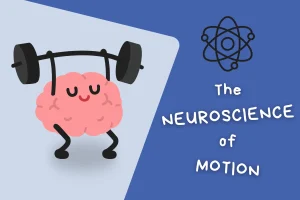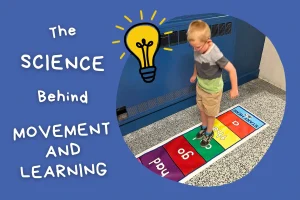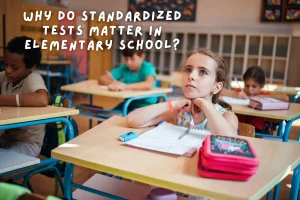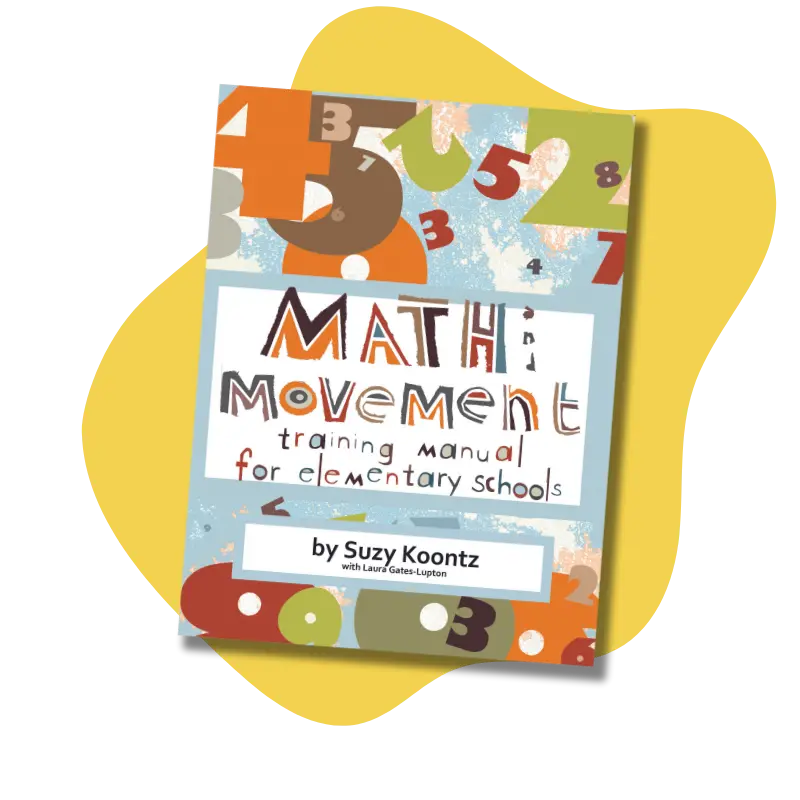
- Trusted by Over 2000 Schools Nationwide
- Top-Rated PD Provider ★★★★★ 4.77
- Save with our Kits & Packages – Shop Now! →

We can all agree that the Covid-19 Pandemic has impacted our students in negative ways – from decreased engagement to increasing anxieties about school and health. But what about their learning? National test results published this fall from the National Assessment of Educational Progress (NAEP) show just how much the Covid-19 pandemic has negatively impacted student learning. Data shows sharp declines in math and reading comprehension for American schoolchildren since the start of the pandemic.
The NAEP, also known as the nation’s report card, has surveyed student achievement in core subject areas since the early 1970s. Their tests are standardized nationally and remain consistent over time, creating reliable results that are comparable year-to-year and state-to-state.
Test results released on September 1st, 2022 reported that 9-year-old students’ math and reading scores fell by the largest margin in more than 30 years, with average score drops by 5 points in reading and 7 points in math. This test was administered to a national sample of 14,800 9-year-olds, and results were compared to a test taken by the same age group in early 2020 – just before the start of the COVID-19 pandemic.
Scores declined across all races and income levels but were worse for the lowest-performing students. Math scores for top-performing students in the 90th percentile dropped by 3 points, while scores for students in the bottom 10th percentile dropped by 12 points. The test also found that scores dropped more than twice as much for students of color than for white students.
On October 24th, 2022, the NAEP released scores from a test administered to nearly 450,000 fourth and eighth-graders across more than 10,000 schools in January and March of this year. The results highlighted devastating declines in math and reading scores since 2019.
The test found that only 36% of the nation’s fourth graders are proficient in math, with scores declining by an average of 5 points in 41 states. The test also found that only 26% of eighth graders are proficient in math nationally, with nearly every state seeing declines. Moreover, only 33% of fourth graders are proficient in reading. Among our nation’s eighth graders, that number is even smaller at 31% proficiency.
The results of this test highlight how the pandemic worsened the divides and inequalities experienced by minority students throughout America. The lowest-performing students in the bottom 25th percentile had greater score declines than their top-performing peers in fourth-grade math and reading.
Black and Hispanic students who were already behind their white and Asian peers before the pandemic saw greater score drops in math. Poverty-stricken schools, where Black and Hispanic students are more likely to attend, stayed remote for longer than wealthier schools did in most instances.
A survey conducted alongside the NAEP test found that only 50% of low-performing fourth graders had ongoing access to a computer during the 2020-21 school year compared to 80% of high-performing students.
Studies have found that test scores in early elementary school are often good predictors of student success later in school and beyond. Students who struggle in school often become disengaged and are thus less likely to graduate from high school.
In 2021, the federal government invested $123 billion in COVID relief funding to help students catch up. Schools must spend 20% on academic recovery. This funding is set to expire in 2024, yet many schools still do not have a recovery plan.
Researchers have urged Americans to not argue over what went wrong during the pandemic, but to instead put energy towards helping students move forward using this funding and new learning resources. Bringing attention to how much schoolchildren are underperforming may reopen the debate on how long schools should have stayed closed during the pandemic, but researchers have found that schools that stayed remote longer did not necessarily have significantly worse results. In fact, many factors influenced the test results, including local virus transmission rates, poverty levels, and state education policies.
We can help you build a movement-focused academic recovery plan! Contact us for more information.
Here at Math & Movement, we want to shift student learning outcomes and set children up for success. Math & Movement is a kinesthetic, multi-sensory approach to teaching fundamental math and reading concepts. Using visually-pleasing floor mats, students are able to move around to learn concepts, rather than sitting at a desk or behind a computer for hours. Our goal is to keep students engaged mentally and physically while making learning enjoyable.
Fostering confidence in children is incredibly important to us. Students who struggle in school often begin to believe that they cannot be successful in other areas, which can lead to behavioral issues in the community. We want to show children they are more than capable of learning when the information is presented in a way that is captivating and fun for them. Our materials incorporate positive affirmations to build confidence in every lesson.
Federal funding that school districts received for academic recovery can be applied toward purchasing Math & Movement materials for classrooms. Students need help learning now more than ever, and implementing movement-based lessons in your school can begin to change the educational struggles our country is facing.
Explore the details of these tests on the NAEP website, including scores broken down by state, district, school location, race/ethnicity, gender, National School Lunch Program (NSLP) eligibility, students with disabilities, and status as English learners.
Also, see how fourth and eighth graders in your state performed in math and reading in The New York Times report on the NAEP test results.
Movement isn't just for recess
Want to get started with movement-based learning right now? Enter your email to get our training manual with over 250 active math movements. No materials necessary!
More Reading
Check out our other articles on these topics.




Please leave your email and a quick note for us. We will get back to you soon! In the meantime, here are answers to some of our most common questions:

Enter your email to get our training manual with over 250 active math movements. No materials necessary!
We never share or sell your data.